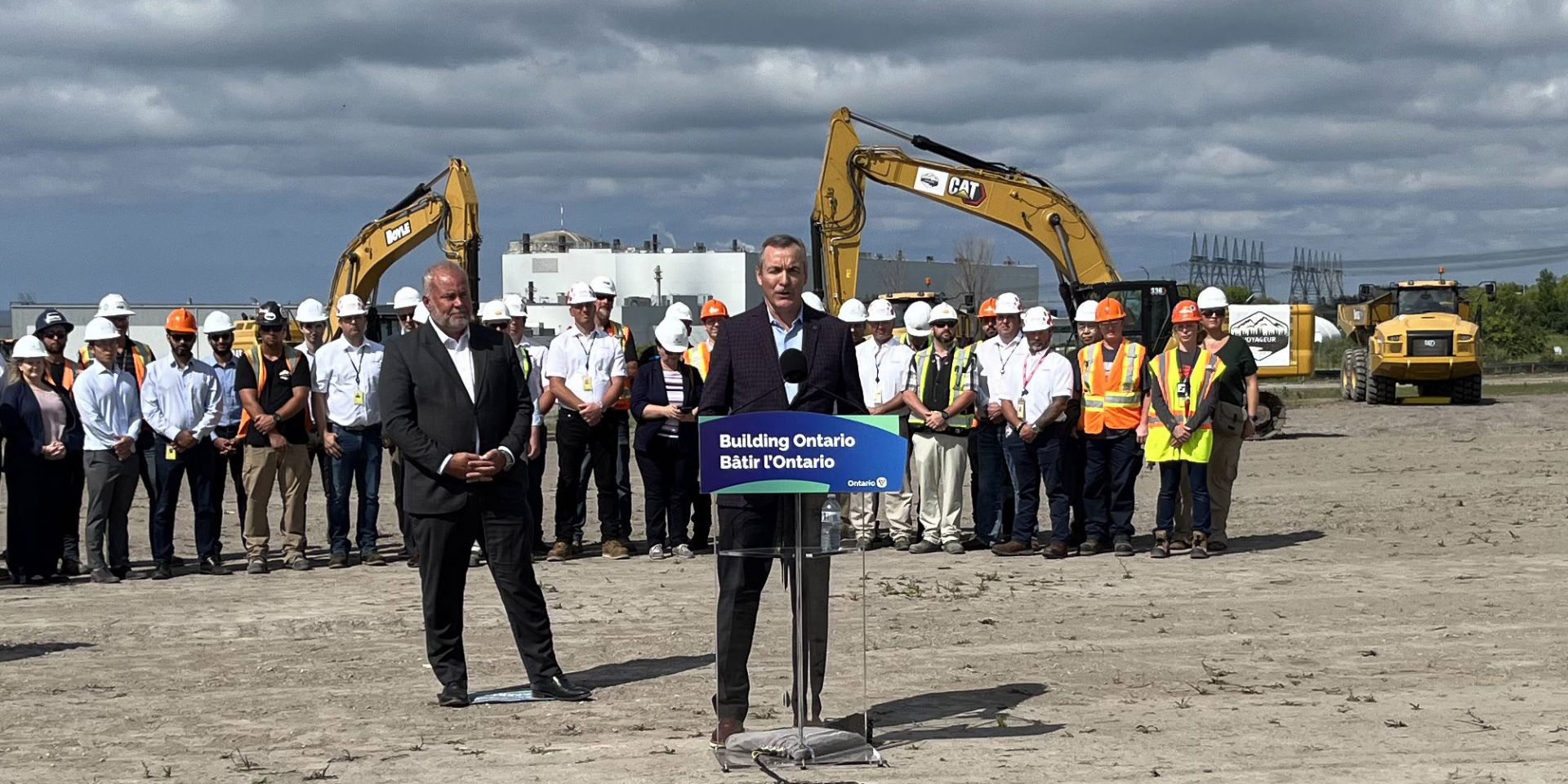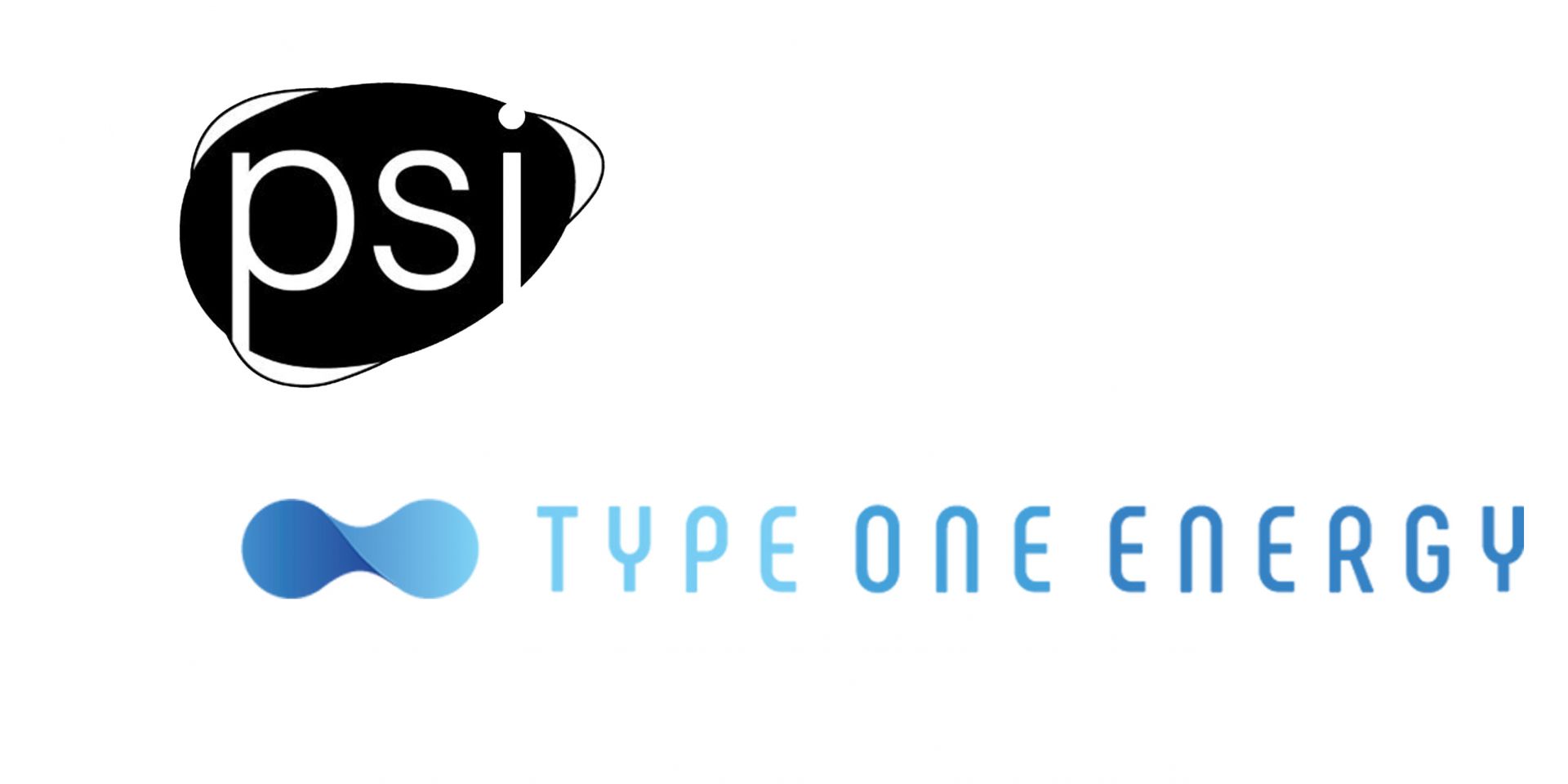Ontario energy minister Todd Smith (left) and Ontario Power Generation president and CEO Ken Hartwick announce plans for three more BWRX-300 units at Darlington. (Photo: OPG)
If we’re in a new nuclear renaissance, its capital would appear to be Ontario. On July 7, just two days after debuting a collaboration with Bruce Power to build up to 4.8 GW of new nuclear generation at the Bruce plant, the government of Ontario announced that it is working with Ontario Power Generation to begin planning and licensing for the deployment of three additional GE Hitachi Nuclear Energy (GEH) BWRX-300 small modular reactors at that utility’s Darlington site.
Chubu Electric Power Co.'s Hamaoka nuclear power plant. (Photo: Chubu Electric)
“It is critical after the Hamaoka Nuclear Power Station restart that we reduce our cost and increase our capacity factor while becoming more economically competitive.” Ichiro Ihara, chief nuclear officer of Chubu Electric Power, made this observation recently when the Electric Power Research Institute visited the Japanese nuclear power plant for a strategy development session for plant modernization. EPRI’s team of five specialists spent four days at Hamaoka to investigate the feasibility of potential improvements—the third step of the EPRI modernization strategy planning process. It was a trip six months in the making—and the first time EPRI has applied its nuclear plant modernization process outside the United States.
While speaking at Bruce Power, Ontario minister of energy Todd Smith announces his government’s support for planning and consultation to explore nuclear expansion. (Photo: Bruce Power)
The government of Ontario announced Wednesday that it is starting predevelopment work with Bruce Power—operator of the eight-unit Bruce nuclear plant—to site the first large-scale nuclear build in Canada in more than thirty years.
Conceptual art of an eVinci microreactor site. (Image: Westinghouse)
Westinghouse Electric Company has submitted to the Canadian Nuclear Safety Commission the first set of vendor design review (VDR) documents for its eVinci microreactor, the Pennsylvania-based nuclear technology firm announced yesterday. In September 2021, Westinghouse signed a service agreement with the CNSC that initiated the VDR.
A map of Norway (green) and Finland (blue). (Image: Wikimedia Commons)
Consulting company TVO Nuclear Services (TVONS), a subsidiary of Teollisuuden Voima Oyj, owner and operator of Finland’s three-unit Olkiluoto nuclear plant, has signed a memorandum of understanding with Norsk Kjernekraft, aka Norwegian Nuclear, a firm established last July with the goal of bringing small modular reactors to power reactor–deprived Norway.
A June 27 announcement from TVO said the new MOU provides the Norwegian firm with “access to the know-how and experience of one of the world’s best-known nuclear power companies” and stressed TVO’s 60 percent ownership of Posiva, the company responsible for the disposal of Finland’s spent nuclear fuel. “Posiva has successfully built the world’s first final disposal facility for high-level nuclear waste,” TVO stated. “This is decisively important for Norwegian Nuclear’s plans for the management of the entire life cycle of nuclear power.”
A photo from 2021 of the Fukushima nuclear power station with the more than 1,000 water storage tanks on site. (Photo: TEPCO)
We’ve all seen the headlines such as “Should Japan Dump Fukushima's Radioactive Water into the Ocean?” along with “Japan Set to Pour Fukushima Waste into Pacific, Irking China” and “Japan Is Slowly but Surely Releasing Wastewater from the Fukushima Nuclear Plant into the Pacific Ocean.” The most recent spate of fearmongering was triggered by the IAEA’s July 4 announcement that the agency had finished its independent assessment of Japan’s plans to release the treated wastewater stored at the Fukushima Daiichi nuclear power station and found the plan “consistent with IAEA Safety Standards.”
Paducah Site deactivation crews use negative air machines to open sodium fluoride traps. (Photo: DOE)
The Department of Energy’s Office of Environmental Management recently shipped for off-site disposal 14 sodium fluoride traps, or exchange vessels, from the C-310 Product Withdrawal facility at the DOE’s Paducah Gaseous Diffusion Plant site in Kentucky. DOE-EM said it has also eliminated the site’s entire inventory of chlorine gas cylinders.
Ed Fuller as seen on the cover of the July 1993 issue of Nuclear News
Every year in July, ANS introduces a new president to its membership. Thirty years ago this month, it was Ed Fuller. Fuller joined ANS in 1966, was named a Fellow, and served in numerous leadership positions in ANS committees, divisions, and on the board of directors prior to becoming president in 1993. Last month Fuller passed away at the age of 82.
From left, Sophie Lemaire, Westinghouse senior vice president, EMEA & Asia PWR fuel; David Eaves, Westinghouse EHS&Q director and chief technical officer; Mark Hartley, EDF Energy managing director of generation; and David Tomblin, EDF Energy finance director of generation. (Photo: Westinghouse)
Westinghouse Electric Company has signed a contract extension with EDF Energy to supply fuel for the United Kingdom’s advanced gas-cooled reactor (AGR) fleet, the American firm announced yesterday.









.jpg)





